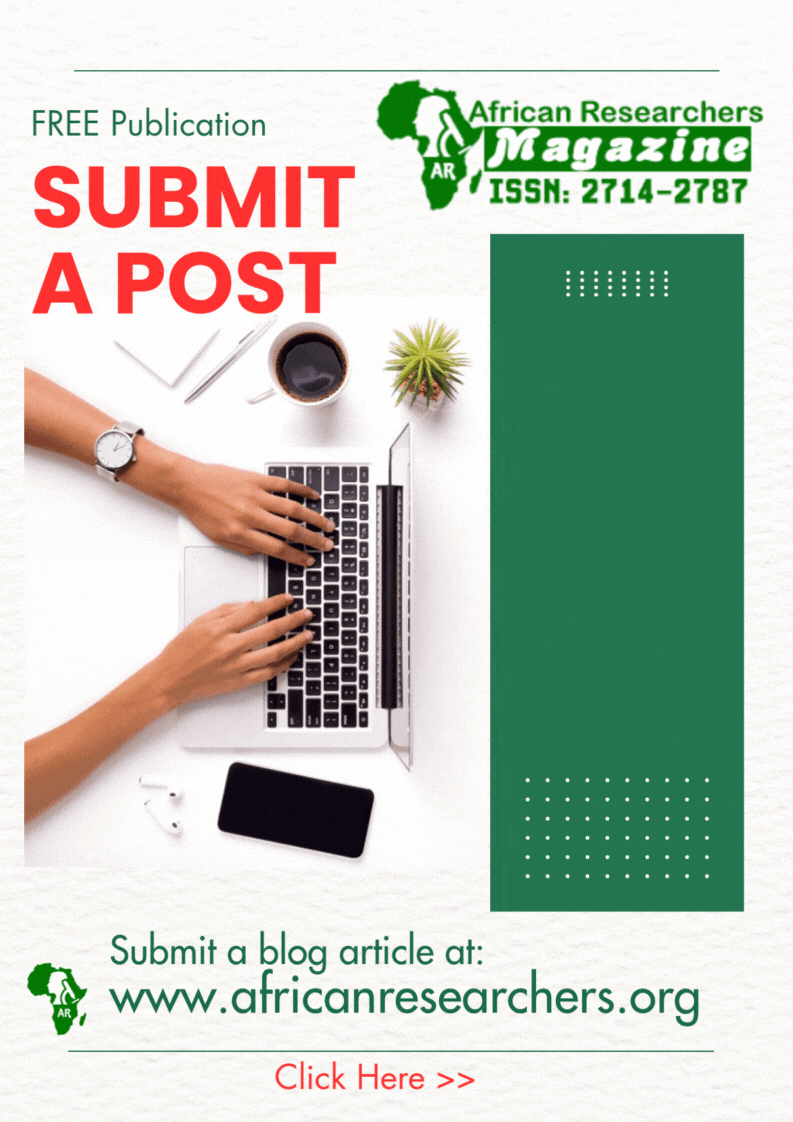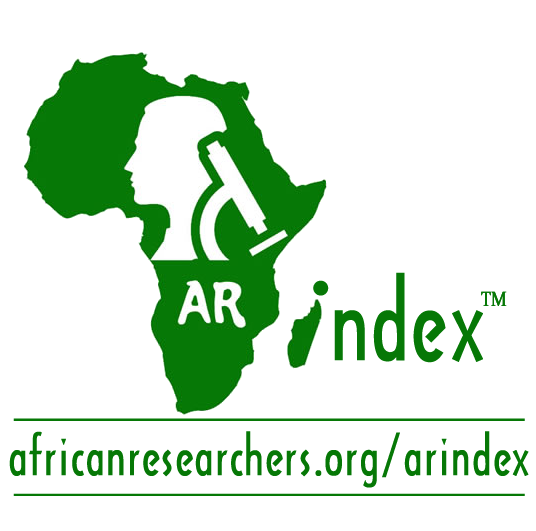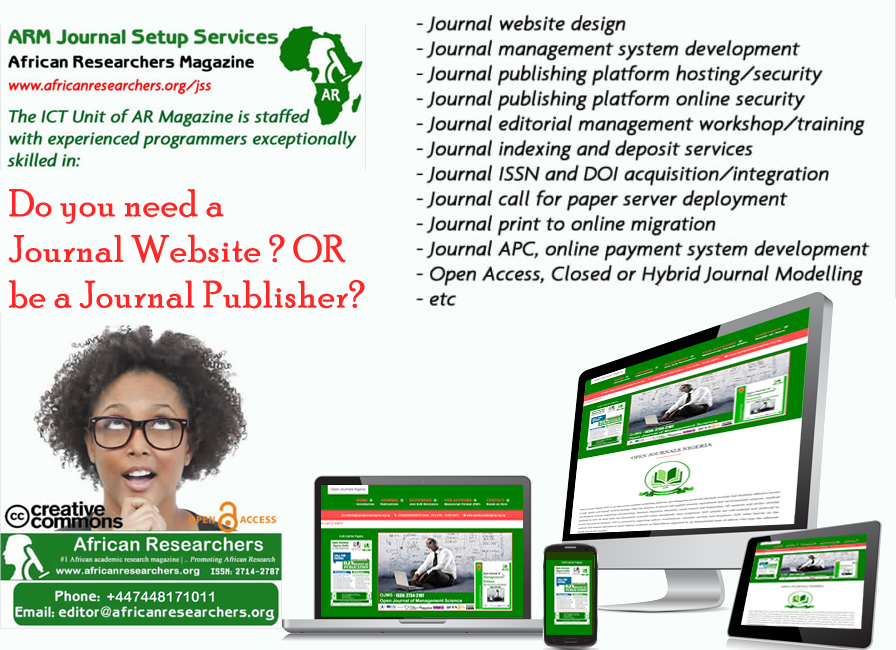Climate change poses significant risks to vulnerable populations and economies across Africa. The continent, home to over 1.2 billion people, faces a dire need for reliable and accurate weather monitoring systems and innovative financing mechanisms. The World Meteorological Organization (WMO) reports that around 60% of Africa’s population remains unprotected by early warning systems. The lack of a robust weather observation network exacerbates the risks posed by extreme weather events, making the continent the world’s most underdeveloped in this regard.
Early Warning Systems: A Critical Component
Early warning systems provide essential data for identifying weather patterns, developing risk models, and informing risk mitigation and post-disaster response strategies. However, many African countries either lack these systems or have outdated and poorly maintained technologies. The continent has only 37 radar stations, many of which fail to provide accurate weather forecasts. This shortfall in reliable data has severe consequences for both lives and economies.
Investment in these systems is prioritized in many National Adaptation Programmes of Action and National Adaptation Plans. Yet, significant gaps remain. A 2023 paper titled “How to Reduce Africa’s Undue Exposure to Climate Risks” by risk experts and climatologists from the UK and Africa highlighted the urgent need for substantial upgrades to hydromet infrastructure to prevent a ballooning loss of life.
The Impact of Inadequate Systems
Africa experiences a disproportionate impact from extreme weather events. Floods and droughts have resulted in high mortality rates and severe economic damage. For example, the average number of deaths from flooding in Africa over the last two decades is four times higher than in Europe or North America. Despite experiencing only half of the globally reported droughts, Africa saw the highest number of drought-related deaths during that period.
Recent events underscore the critical need for better early warning systems. In September 2023, Libya experienced catastrophic flooding that claimed over 4,300 lives, largely due to the absence of effective early warning systems and evacuation planning. Similarly, Kenya and Tanzania have faced deadly floods and landslides, with significant loss of life and displacement of hundreds of thousands of people.
Conversely, the Eastern and Southern Africa regions are grappling with severe droughts, devastating crops, and threatening food security. The El Niño weather phenomenon has exacerbated these conditions, leading to what the United Nations (UN) describes as the worst food insecurity in a decade for countries like Malawi. The UN’s Global Report on Food Crises highlighted that the worst impacts of El Niño on food security are yet to come, with severe flooding and droughts expected to persist throughout the year.
Parametric Insurance: A Financial Safety Net
Early warning systems and parametric insurance are complementary tools for disaster risk management. While early warning systems provide crucial data, parametric insurance offers financial protection based on predefined triggers, such as specific weather events. This type of insurance ensures timely payouts to cover losses that are difficult to model, providing a financial bridge to support recovery efforts.
The African Risk Capacity (ARC) uses a satellite-based system called Africa RiskView to monitor weather patterns and trigger insurance payouts when specific thresholds are met. This system helps translate predictive weather models into actionable programs that support farmers and disaster response activities. Recognizing the need for financial support to enhance these systems, the US Government has partnered with ARC Ltd. in a three-year, $11.7 million project to increase access to parametric insurance and bolster food security across Africa.
Key Components of the US-ARC Ltd. Partnership
The partnership focuses on customizing risk models for each country and integrating parametric insurance into national policy frameworks. ARC Ltd. will collaborate with governments to ensure effective use of parametric insurance and develop contingency plans. Innovative, localized insurance products will be created to meet the specific needs of individual countries.
Enhancing risk modeling, data collection, and analysis is a core component of the partnership. Joint monitoring of agricultural seasons will help identify high-risk areas and calculate insurance payouts based on estimated impacts. End-of-season reports and post-disaster monitoring will ensure that payouts are used effectively according to pre-agreed plans.
The ARC Ltd. will also refine the Africa RiskView software and risk indicators, filling gaps in current models and verifying results through additional datasets and in-country assessments. Engagement with the African Union and regional economic communities will drive the adoption of parametric insurance across the continent.
A Path Forward
The collaboration between the US Government and ARC Ltd. marks a significant step towards building climate resilience in Africa. By enhancing early warning systems and expanding access to parametric insurance, this partnership aims to safeguard the future of African communities against the increasing threats posed by climate change. Given that only $0.47 of every $100 spent on global development aid is directed towards disaster risk reduction, innovative and collaborative efforts such as this are crucial for protecting the continent’s most vulnerable populations.
















 The African Research (AR) Index is a comprehensive scholarly directory and database focused explicitly on journal publishers that publish and disseminate African research.
The African Research (AR) Index is a comprehensive scholarly directory and database focused explicitly on journal publishers that publish and disseminate African research.

